Picture this: your neighbor’s kids are shrieking with delight in the backyard while the lawnmower roars next door, and suddenly a delivery truck rumbles past with its diesel engine chugging. Your golden retriever barely lifts an eyebrow from his afternoon nap. Meanwhile, your friend’s rescue pup is already panting and pacing, searching desperately for a quiet hiding spot.
This scenario plays out in homes across the country every single day. While some dogs seem utterly unbothered by the chaos of modern living, others appear destined to live in a constant state of anxiety whenever the volume rises. The difference isn’t just quirky personality traits, though that certainly plays a part. There’s actually fascinating science behind why some pups can rock out to your teenager’s music while others need their very own soundproof sanctuary.
The Genetic Blueprint for Sound Sensitivity
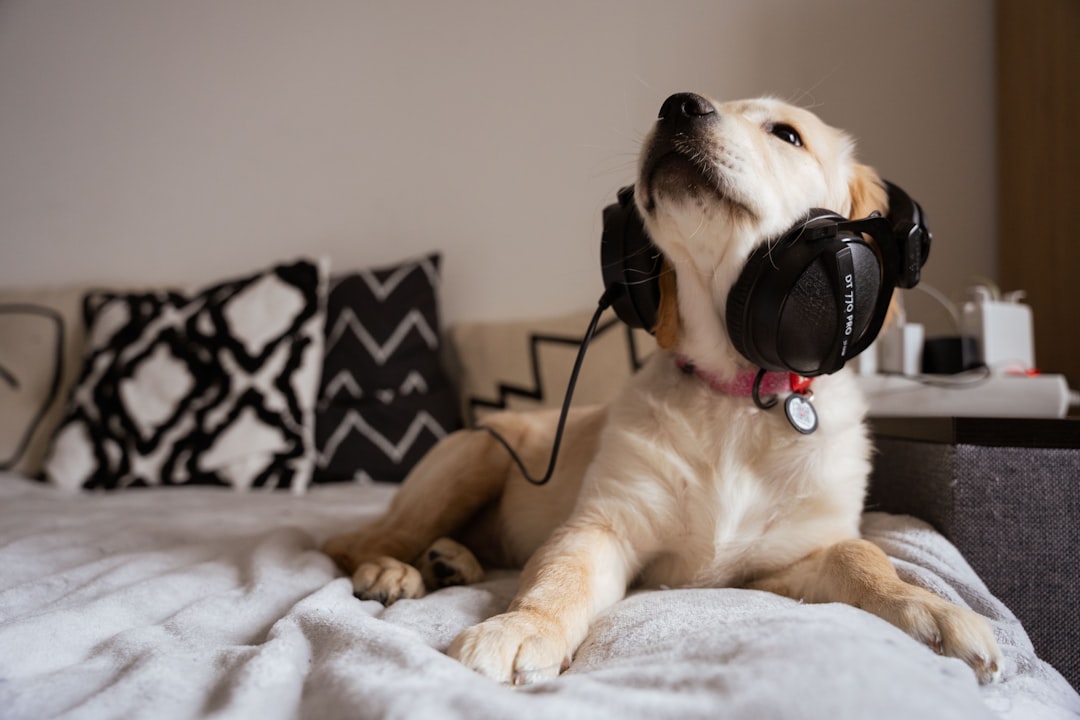
Let’s start with something that might surprise you: your dog’s reaction to loud sounds might be written in their DNA long before they ever set paw in your home. Recent research has revealed a substantial genetic component to noise sensitivity, with certain breeds consistently showing higher frequencies of fear compared to others.
Studies have identified specific breeds that are particularly prone to noise sensitivity, including Norwegian Buhunds, Irish Soft Coated Wheaten Terriers, and Lagotto Romagnolos, while breeds like Boxers, Chinese Cresteds, and Great Danes tend to be more sound-resilient. Genetic predisposition also shows up in certain breed groups, with German Shepherds, Collies, and Golden Retrievers commonly displaying sound sensitivities.
Think of it like having different sound processors built into their brains. Some dogs inherit a more sensitive system that treats everyday noises as potential threats, while others come equipped with what we might call a “chill mode” setting.
Your Dog’s Superhuman Hearing Abilities
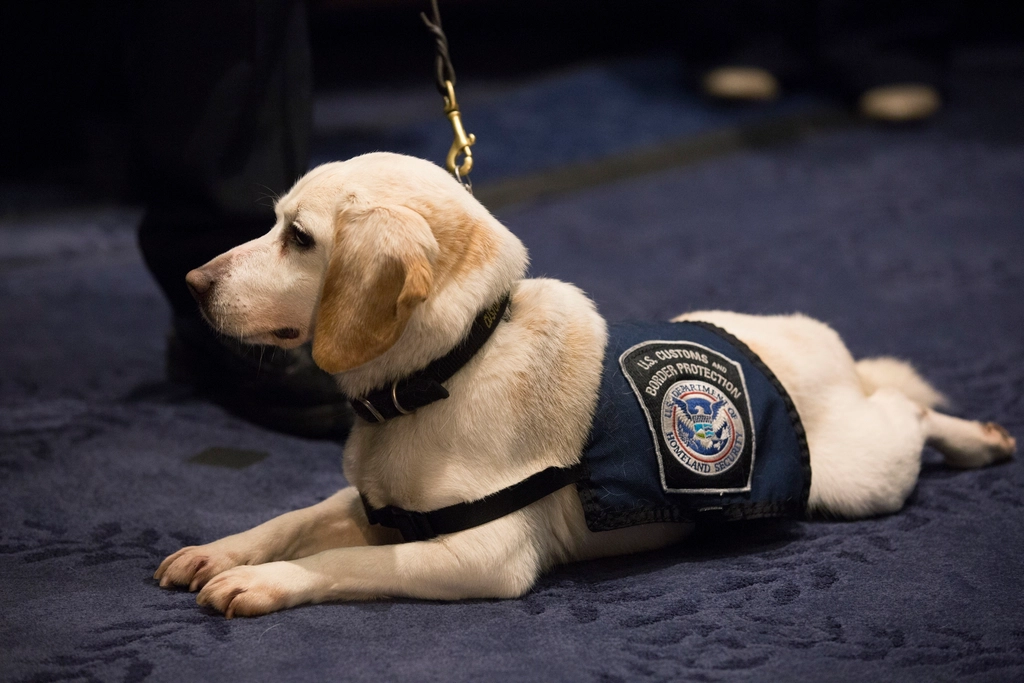
While humans can typically hear sounds up to 20,000 Hertz, dogs can detect frequencies ranging from approximately 40,000 to 65,000 Hertz. Imagine if you could suddenly hear every electronic hum, every distant conversation, and every tiny creak in your house with crystal clarity. That’s essentially what your dog experiences every day.
Dogs routinely pick up on high-frequency noises that are completely undetectable to the human ear, which can cause them significant stress. High-frequency sounds are particularly salient for many species, attracting greater attention and prompting increased alertness, which explains why even human baby cries can distress dogs despite having no evolutionary importance to them.
Research shows that dogs have auditory pain thresholds similar to humans at around 110-130 decibels, meaning sounds that seem moderately loud to us might actually be painful for our canine companions.
The Hidden Pain Connection

Here’s something that might completely change how you view your dog’s sound sensitivity: it could actually be linked to physical pain. Dogs that develop noise fears later in life, particularly around four years older than those without pain issues, should undergo thorough medical examinations before attempting behavioral solutions.
Dogs experiencing pain often develop broader fearfulness, becoming afraid not just of loud sounds but also of the places where they heard those sounds, and this fear can easily generalize to all kinds of situations. Medical conditions such as ear infections, arthritis, and other pain-related issues have been directly associated with increased noise sensitivity in dogs.
The encouraging news is that once underlying physical problems are correctly identified and treated with appropriate pain medication and management plans, many dogs show significant improvement in their noise-related behaviors.
The Critical Puppy Socialization Window

The period from three to fourteen weeks of age represents a crucial socialization window when puppies are most receptive to new experiences and sounds. Brief encounters during these first few months can have enormous impacts on future behavior, and absent these opportunities, no amount of contact later in life can fully compensate for the deficiency.
Gentle exposure to a wide range of sounds during this period, using food and play to create positive associations, can significantly improve a dog’s tolerance for household noises throughout their life. The key is starting with quiet volumes and gradually increasing intensity while pairing the experience with wonderful things.
Rich experiences during the socialization period are consistently associated with lower incidence of noise fears later in life. Think of this window as installing a comprehensive software update that helps your puppy’s brain categorize sounds as either “normal background noise” or “something worth paying attention to.”
How Habituation Creates Sound-Proof Dogs
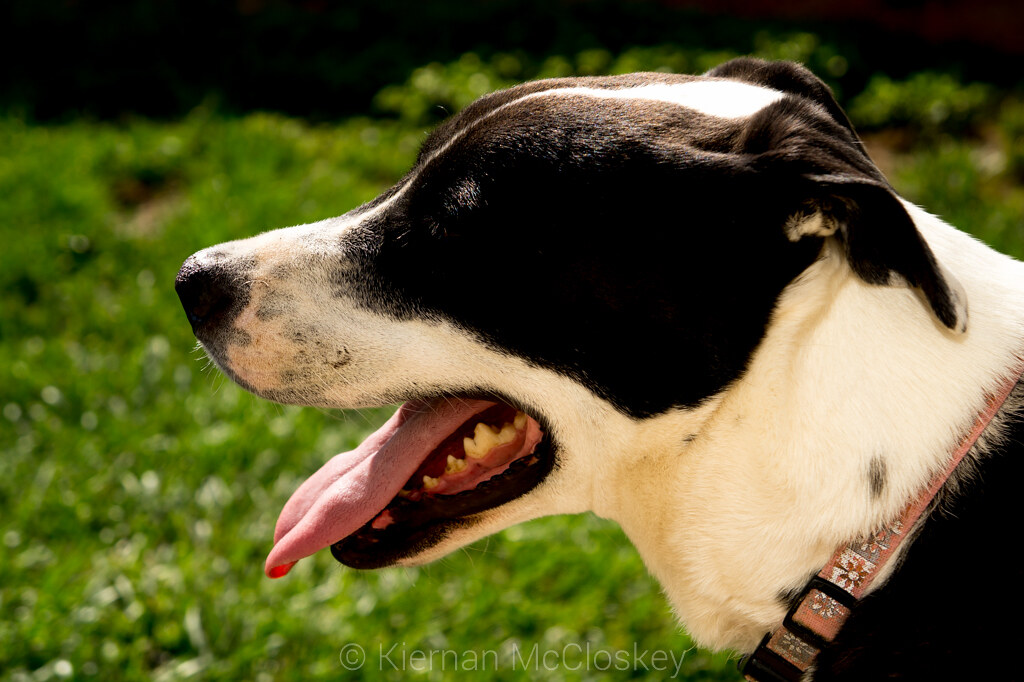
Habituation is a natural process that allows dogs to ignore neutral stimuli that are frequent in their environment, such as footsteps or air conditioning units turning on. This process involves getting used to the world around us through repetition, where our reactions to environmental stimuli diminish over time.
With repeated exposure to neutral outcomes, dogs simply learn to ignore sounds, but if any noise becomes paired with negative or positive emotional responses, habituation won’t occur. When dogs hear sounds regularly, they’re likely to adjust over time, which forms the basis for effective desensitization strategies.
Dogs living in consistently noisy environments from puppyhood often develop remarkable tolerance levels. Their brains essentially learn to filter out predictable sounds while remaining alert for genuinely important audio cues.
Environmental Factors That Shape Sound Tolerance
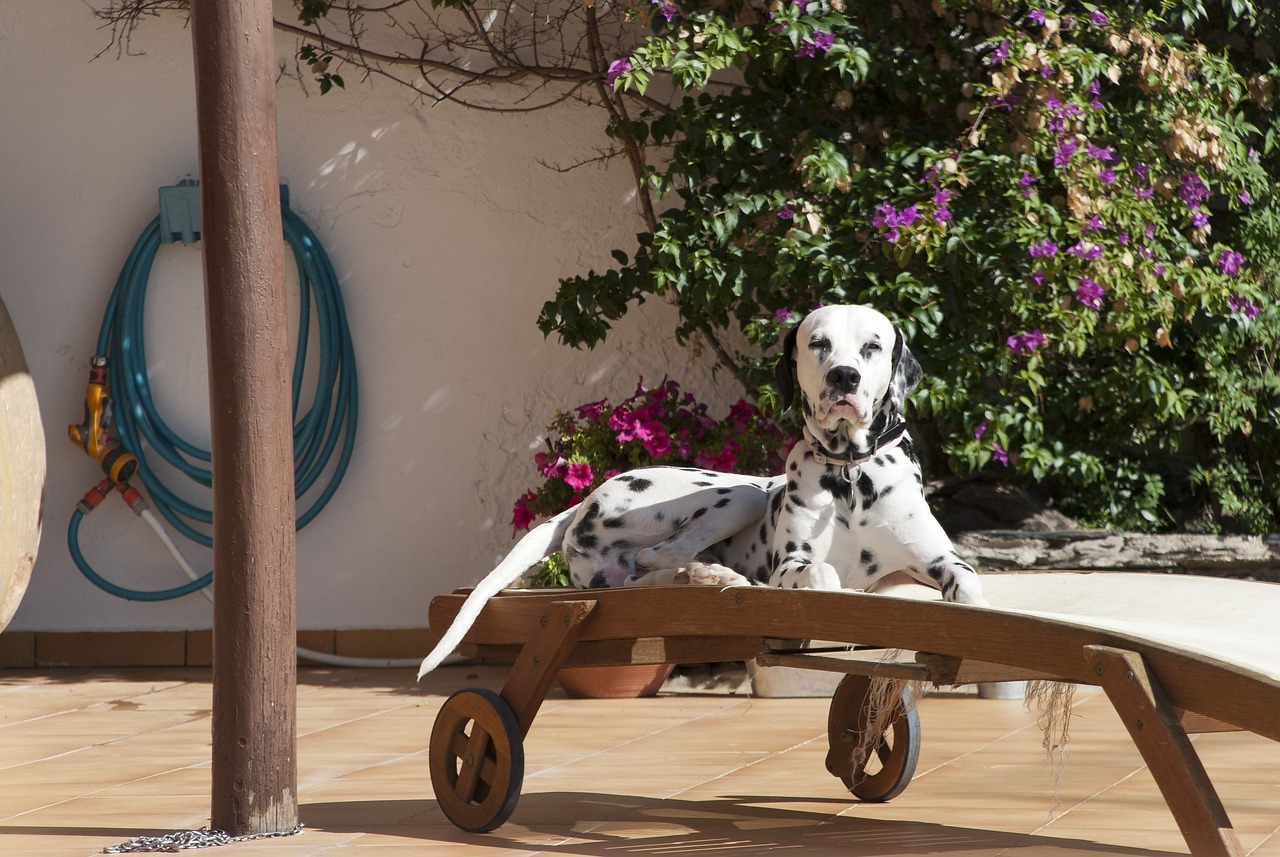
Loud noises become particularly problematic when they’re unpredictable and when dogs cannot control their exposure, especially when confined inside homes where they have no escape options. Dogs typically react more negatively to unpredictable or unusual sounds like thunder, which doesn’t occur in regular intervals and isn’t part of their daily experience.
Even regular household noises like microwaves, vacuum cleaners, and smoke detector chirps can trigger fear and anxiety responses, with dogs often seeking proximity to their owners as an attachment-related coping mechanism. City environments present particular challenges with endless barrages of new sights, smells, and sounds that can cause dogs to bark, lunge, or try to escape when overwhelmed.
Gender, Age, and Individual Risk Factors
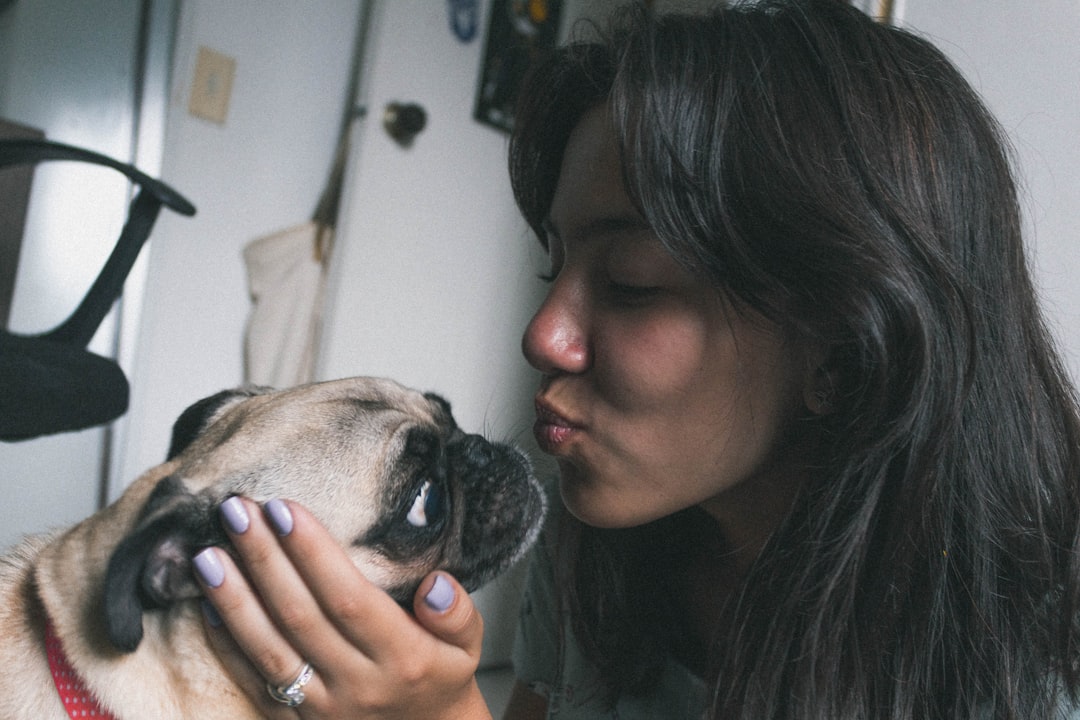
Female dogs show approximately 20-30 percent higher odds of noise sensitivity compared to males, while neutered dogs are 50-70 percent more likely to be fearful of noises than intact dogs. There’s also a significant trend of increasing fear with older age, suggesting that noise sensitivity can develop or worsen as dogs mature.
Dogs with existing anxiety disorders show stronger reactions to various sound categories, while older dogs and those owned by females or owners aged sixty-five and above demonstrate increased sensitivity to environmental sounds. Senior dogs may experience partial hearing loss that changes their perception of sounds and contributes to fear responses, making veterinary examinations crucial for older dogs developing new noise sensitivities.
Understanding these risk factors helps explain why your calm male puppy might suddenly become more sound-sensitive after neutering, or why your senior dog seems increasingly bothered by household appliances.
Building Resilience in Sound-Sensitive Dogs
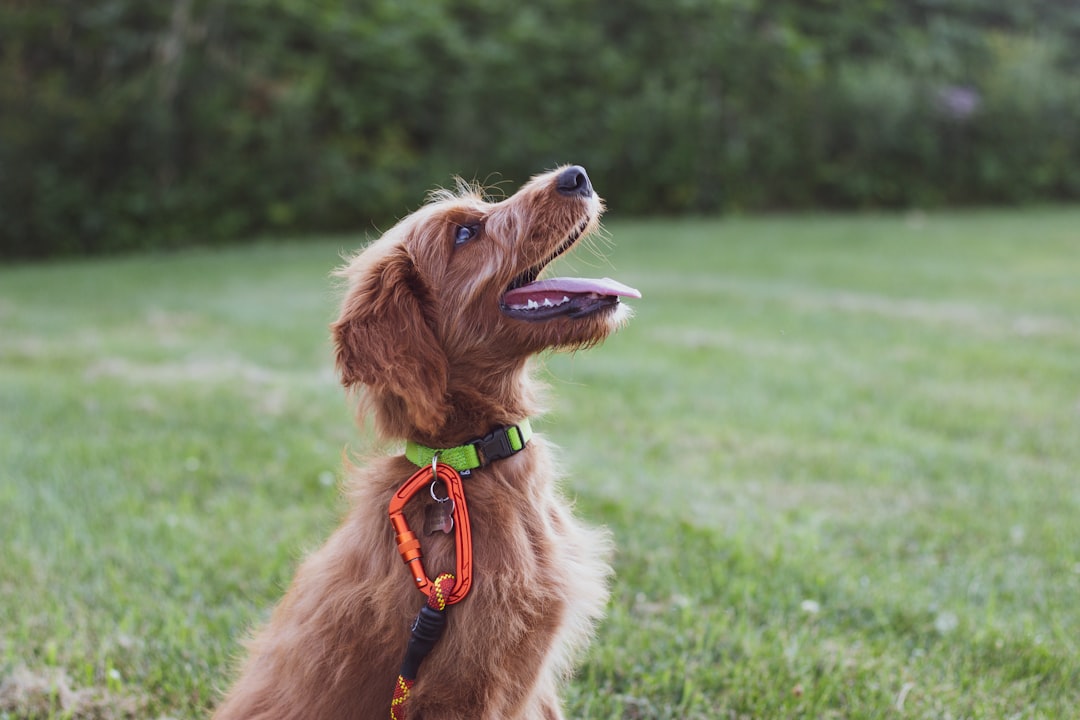
Providing rewards like food and play to create positive associations with noises through counterconditioning represents one of the most effective training methods and can actually change dogs’ emotional responses to sound. Early intervention works best, with puppies who hear gentle recordings of loud sounds while receiving treats learning to associate those noises with positive outcomes.
The golden rule is “low and slow, short and sweet” – starting with minimal volume and gradually increasing over time while keeping sessions brief and pairing sounds with favorite activities and treats. Adaptability training using positive reinforcement in low-stress environments can help increase neuroplasticity and build confidence without forcing compliance.
Remember that with patience and positive reinforcement, you can do significant work to make up for lost socialization time, even with adult dogs. The key is creating an environment where your dog can succeed while gradually expanding their comfort zone.
Whether your dog currently hides under the bed during thunderstorms or sleeps peacefully through construction noise, understanding the complex interplay of genetics, early experiences, and environmental factors can help you support them better. Some dogs will always need extra consideration during loud events, while others might surprise you with their adaptability given the right approach. The most important thing is recognizing that sound sensitivity isn’t a character flaw or training failure – it’s often a legitimate response based on biology, experience, and individual temperament. What do you think about your own dog’s relationship with household sounds? Have you noticed patterns that make more sense now?

Gargi from India has a Masters in History, and a Bachelor of Education. An animal lover, she is keen on crafting stories and creating content while pursuing a career in education.






